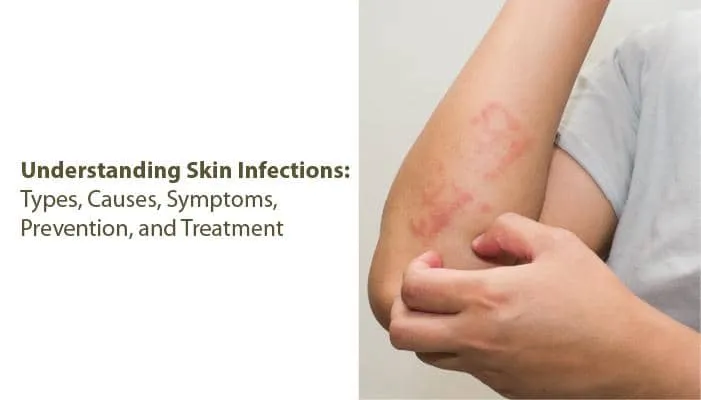By Desmond Nleya
The skin is the body’s largest organ and serves as the first line of defense against germs, toxins, and injuries. However, despite its resilience, the skin is vulnerable to infections caused by bacteria, viruses, fungi, and parasites. Skin infections are common and vary in severity from mild irritation to life-threatening conditions.
Types of Skin Infections
Skin infections can be classified into four main categories:
Bacterial infections – Examples include impetigo, cellulitis, folliculitis, and boils.
Viral infections – Examples include warts, herpes simplex (cold sores), and chickenpox.
Fungal infections – Examples include ringworm, athlete’s foot, and yeast infections.
Parasitic infections – Examples include scabies and lice infestations.
Symptoms of Skin Infections
Symptoms may vary depending on the type of infection but commonly include:
Redness and inflammation
Itching or burning sensation
Pain or tenderness in affected areas
Skin rash or spots
Blisters, sores, or ulcers
Discharge of pus (in bacterial infections)
Scaling, peeling, or cracking (in fungal infections)
Fever and fatigue in severe or widespread infections
Causes and Risk Factors
Skin infections are caused by various pathogens entering the skin through:
Cuts, wounds, or insect bites
Poor hygiene and crowded living conditions
Weak immune system due to chronic illness or medications
Excessive sweating and moisture (encouraging fungal growth)
Contact with infected individuals or contaminated objects
Prevention
Preventing skin infections involves simple but effective measures:
Maintain good hygiene: Wash hands regularly and bathe daily.
Keep wounds clean: Cover cuts and abrasions with clean dressings.
Avoid sharing personal items: Towels, razors, and clothing can spread infections.
Wear breathable clothing: Helps prevent fungal infections caused by sweat.
Boost immunity: Eat a balanced diet, exercise, and stay hydrated.
Use insect repellents: To prevent bites that can lead to infections.
Treatment and Cure
The treatment of skin infections depends on their cause:
Bacterial infections: Often treated with topical or oral antibiotics. Severe cases may require hospital care.
Viral infections: Usually managed with antiviral medications or symptom relief as many viral infections resolve on their own.
Fungal infections: Treated with antifungal creams, powders, or oral medications.
Parasitic infections: Managed with specific antiparasitic creams or oral medicines.
For severe infections, medical attention is crucial to prevent complications such as sepsis, permanent scarring, or spread to other body parts.
When to See a Doctor
Seek medical attention if:
The infection spreads rapidly or worsens.
There is severe pain, fever, or swelling.
The skin turns dark or necrotic.
The person has an underlying condition such as diabetes or compromised immunity.
Conclusion
Skin infections are common but preventable and treatable with proper care. Maintaining hygiene, protecting the skin from injuries, and seeking timely treatment are essential steps to avoid serious complications. With prompt medical intervention, most skin infections resolve without long-term effects.


